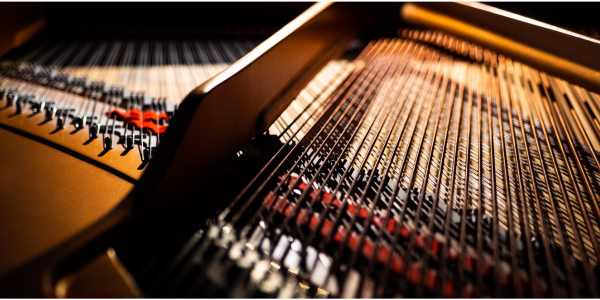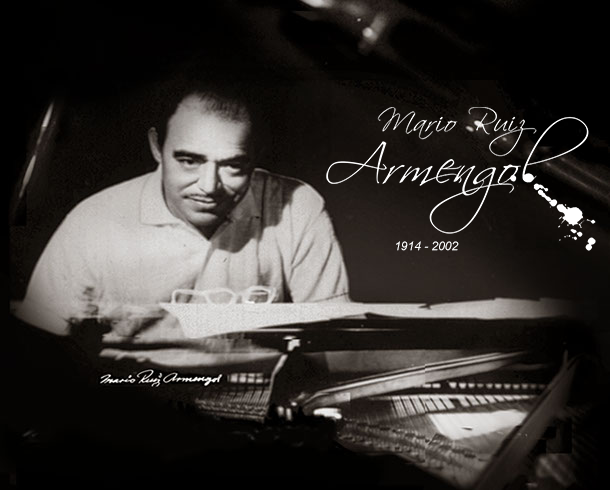
Latin American piano music is rich in influences, traditional dance rhythms, and unique forms, making this music exciting for students of all abilities. From September 15-October 15, we celebrate Hispanic Heritage Month, a time to honor and reflect upon the remarkable music and contributions of individuals with Hispanic heritage. In this Discovery Page post, we have curated a collection of Piano Inspires resources to help everyone discover something new. From our international webinar series, to articles in Piano Magazine and Piano Inspires Kids, to our online course, Exploring Latin American Piano Music: A Cultural Journey with Elementary through Early-Advanced Pieces, there is so much to discover! We hope these resources will provide useful tips and ideas to help you incorporate music from Latin America into your recital programs, lesson plans, and more.
Inspiring Artistry Video Series:
Magazine Article: Dance and the Music of Argentine Composers by Hyrum Arnesen
Your student is playing a minuet. Because your student has probably never danced a minuet, you stop to describe it. Maybe you mention women in big puffy dresses and men in white wigs—members of high European society who would participate in this dance. You help your student feel the minuet lilt and show them how to capture that physical gesture at the piano. Our knowledge of meter and the cultural connotations of different dances are important as we help students play dance-inspired pieces: waltzes, polonaises, Russian folk dances, Scottish bagpipe drones, and many more.
Like their European counterparts, Latin-American composers have infused their music with dance rhythms and forms from their own culture. The goal of this article is to help teachers begin to recognize and understand Argentine dances so that they feel comfortable diversifying their students’ repertoire. We will explore four Argentine dances: the malambo, gato, milonga, and cueca—some of the most popular Argentine folk dances used by classical composers. Many other dances are derivatives or relatives of these four.
Teacher Education Webinar Series:
Piano Inspires Kids
In Autumn 2023, the Frances Clark Center launched a new initiative, Piano Inspires Kids, a magazine for young pianist aged 8-14 developed by Editors-in-Chief Sara Ernst and Andrea McAlister. Through each quarterly issue, readers explore piano playing, composers, music from around the world, and music theory. The format is engaging and varied with listening guides, interviews, student submissions, music in the news, and games. The magazine includes an array of musical styles and genres, both from the past and present day. In addition, creative skills like improvisation, playing by ear, and composition are explored in step-by-step processes. Young pianists are directed to curated online content to deepen their engagement with the piano community.
The first issue is all about music of Argentina! It introduces readers to composers Astor Piazzolla, Alberto Ginastera, and Carlos Guastavino, as well as important musicians such as pianist Martha Argerich. On each page, students learn through games and musical activities, exploring folk songs such as Arroz con Leche, dances such as the cueca and the tango, and instruments such as the bandoneon. To learn more, or to subscribe, go to kids.pianoinspires.com.
Course: Exploring Latin American Piano Music: A Cultural Journey with Elementary through Early-Advanced Pieces
In recent years, piano music by Latin American composers has become increasingly studied and performed after decades of neglect due to difficult accessibility to resources and publications. Exploring Latin American Piano Music: A Cultural Journey with Elementary through Early-Advanced Pieces provides a substantial survey of works from the elementary to late-intermediate/early-advanced levels by composers from nine different Latin American countries.
The content of this course is a combination of video presentations and articles written specifically for this course, as well as supplemental readings from the Piano Magazine and the Inspiring Artistry archives. Due to copyright restrictions, scores are not provided in the course. To provide easier access to the materials, three different documents will provide publication information organized by country, composer, and level. This is a fully online, self-guided course. Course completion time is approximately 15 hours.
Discovery Page: This Week in Piano History: The Birth of “Mr. Harmony” by Curtis Pavey
A Mexican composer, Mario Ruiz Armengol wrote a number of important piano works including a sonata, the 31 Piezas para niños, and 12 Estudios. Ruiz Armengol was born into a large family in Veracruz, Mexico. His father was a famous pianist and conductor Don Ismael Ruiz Suárez. He began playing piano at the age of eight and also learned to play numerous wind instruments. His early studies occurred at the Conservatorio Nacional de Música. Throughout his life, he continued his studies and took lessons with famous Mexican composers José Rolón and Rodolfo Halffter.
